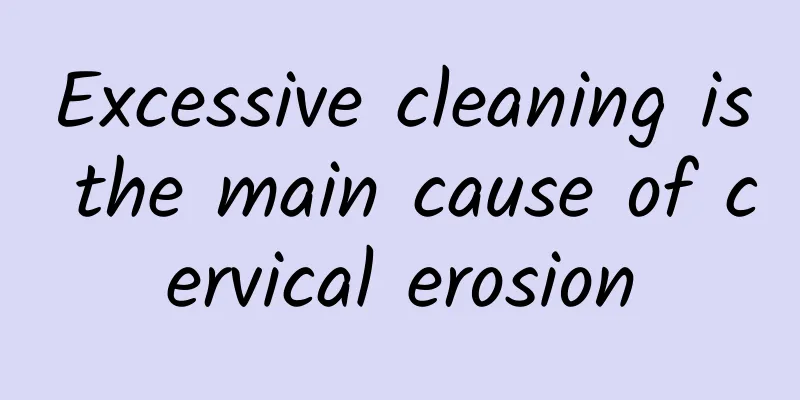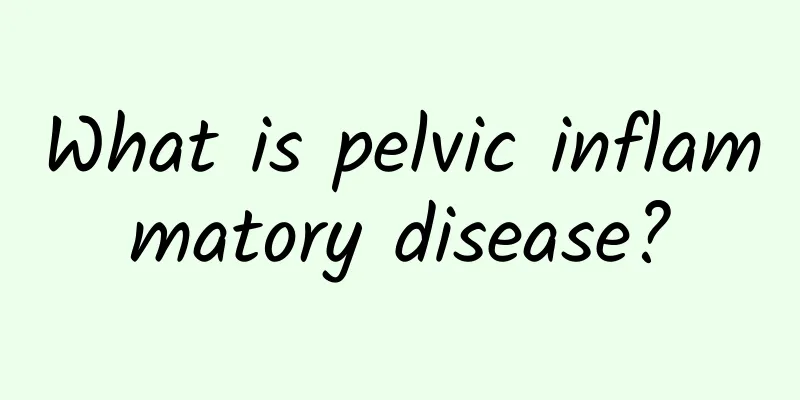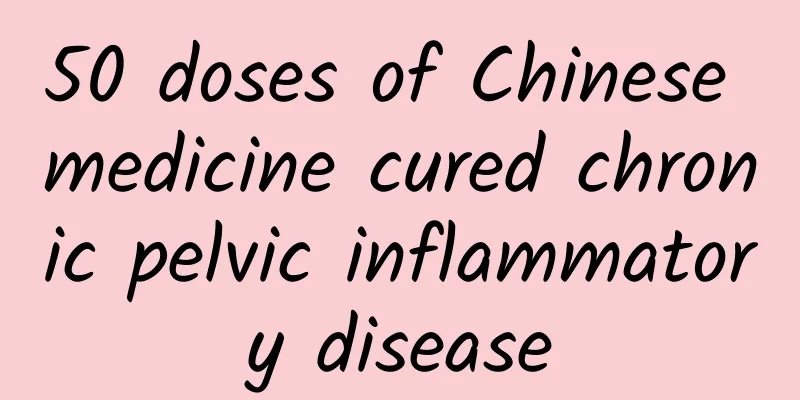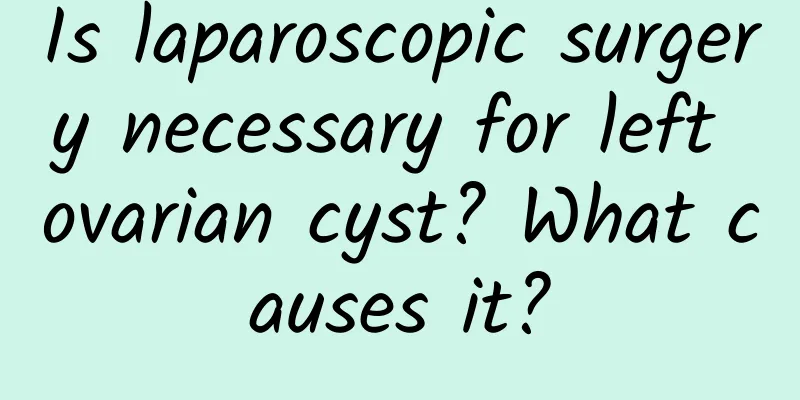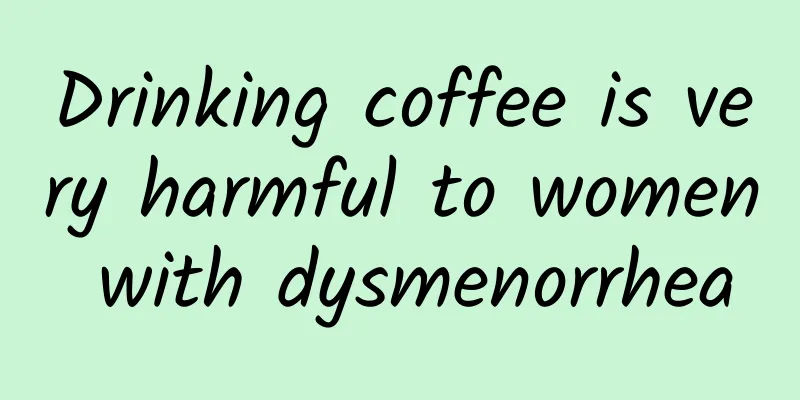How can chronic pelvic inflammatory disease be completely cured? How long does it take?
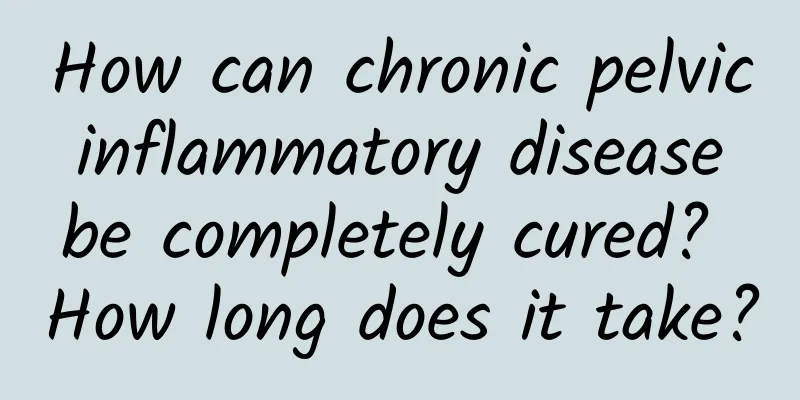
|
The thorough treatment of chronic pelvic inflammatory disease requires comprehensive consideration of multiple aspects, and the treatment time varies from individual to individual. It generally includes drug therapy, physical therapy, surgical treatment, traditional Chinese medicine treatment, lifestyle conditioning, etc. The specific analysis is as follows: 1. Drug treatment: Long-term or repeated combination therapy with multiple antibacterial drugs may not have significant therapeutic effects, but antibacterial drugs can be used for young people who need to retain their fertility or in acute attacks. It is best to use anti-chlamydia or mycoplasma drugs at the same time to improve the efficacy. The treatment time varies depending on the condition, but it usually takes a longer time to control inflammation. Chymotrypsin or hyaluronidase (intramuscular injection, once every other day, 7 to 10 times as a course of treatment) can be used to promote adhesion decomposition and inflammation absorption. In some cases, antibiotics are used simultaneously with dexamethasone to enhance the anti-inflammatory effect. However, attention should be paid to the gradual reduction of dexamethasone to avoid adverse reactions. 2. Physical therapy: including short wave, ultra short wave, microwave, laser, etc. These therapies can promote local blood circulation in the pelvic cavity, improve the nutritional status of tissues, increase metabolism, and facilitate the absorption and disappearance of inflammation. The treatment time depends on the severity of the disease, and it is usually combined with drug treatment. 3. Surgical treatment: It is suitable for patients with long-term inflammation stimulation leading to adhesion around organs, difficulty in taking anti-inflammatory drugs, and recurrent disease. Surgical plans such as fallopian tube recanalization and total hysterectomy need to be formulated by professional doctors according to individual conditions. 4. Treatment with Traditional Chinese Medicine: Traditional Chinese medicine also has a certain effect in treating chronic pelvic inflammatory disease. It can be treated by combining traditional Chinese medicine with Western medicine to improve the treatment effect. The specific treatment plan needs to be consulted by a traditional Chinese medicine expert, and the treatment should be based on individual constitution and condition. 5. Lifestyle conditioning: Keep the vulva clean to avoid infection. If there is inflammation, timely treatment should be given to prevent the condition from worsening. Avoid eating spicy and irritating foods to avoid irritating inflammation. Strengthen nutrition, exercise properly, and improve the body's resistance. The treatment time varies from person to person, and generally takes 2-3 months to be completely cured. During the treatment process, you should actively cooperate with the doctor's treatment plan, pay attention to personal hygiene and diet conditioning, and maintain a positive attitude to enhance the treatment effect and promote recovery. |
<<: What should I do if I can't hold back from having sex 15 days after abortion?
>>: What causes pelvic inflammatory disease
Recommend
What are the consequences of ovarian cysts?
What are the consequences of ovarian cysts? Nowad...
Do you know the dangers of painless abortion?
Painless abortion, literally means an abortion wi...
Women should seriously understand how to care for vulvar leukoplakia in daily life
Various female gynecological diseases are endange...
Will vaginal candidal infection affect pregnancy?
Will candidal vaginitis affect pregnancy? Gynecol...
What elements are missing from abnormal vaginal discharge?
Abnormal leucorrhea may be related to the lack of...
5 kinds of food to help you lose weight after giving birth
Having a baby is a major event in a woman's l...
What causes vaginitis?
What is vaginitis? What are the causes of vaginit...
What are the symptoms of candidal vaginitis?
Vaginitis is common in many women, and candidal v...
What are the main causes of cervical erosion?
What are the main causes of cervical erosion? I b...
How to check for pelvic inflammatory disease?
The methods for examining pelvic inflammatory dis...
Understand the causes of gynecological fungal vaginitis
The cause of gynecological mycotic vaginitis is a...
What are the symptoms of patients with multiple uterine fibroids?
Speaking of uterine fibroids, many women have hea...
What are the reasons for spontaneous abortion?
What are the pre-pregnancy preparations for spont...
What are the symptoms of endometrial tuberculosis?
The symptoms of endometrial tuberculosis are not ...
What are the examination methods for congenital absence of vagina?
Women are all going through the transformation of...
